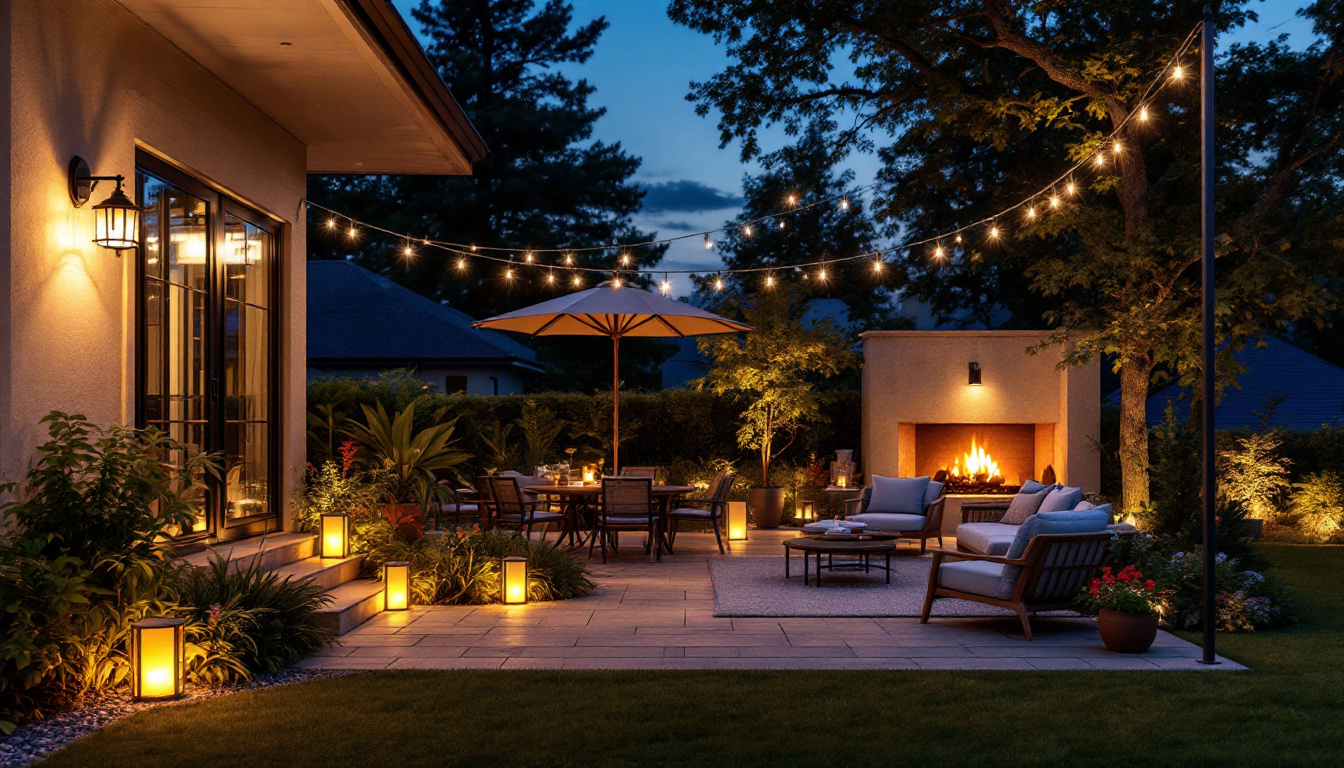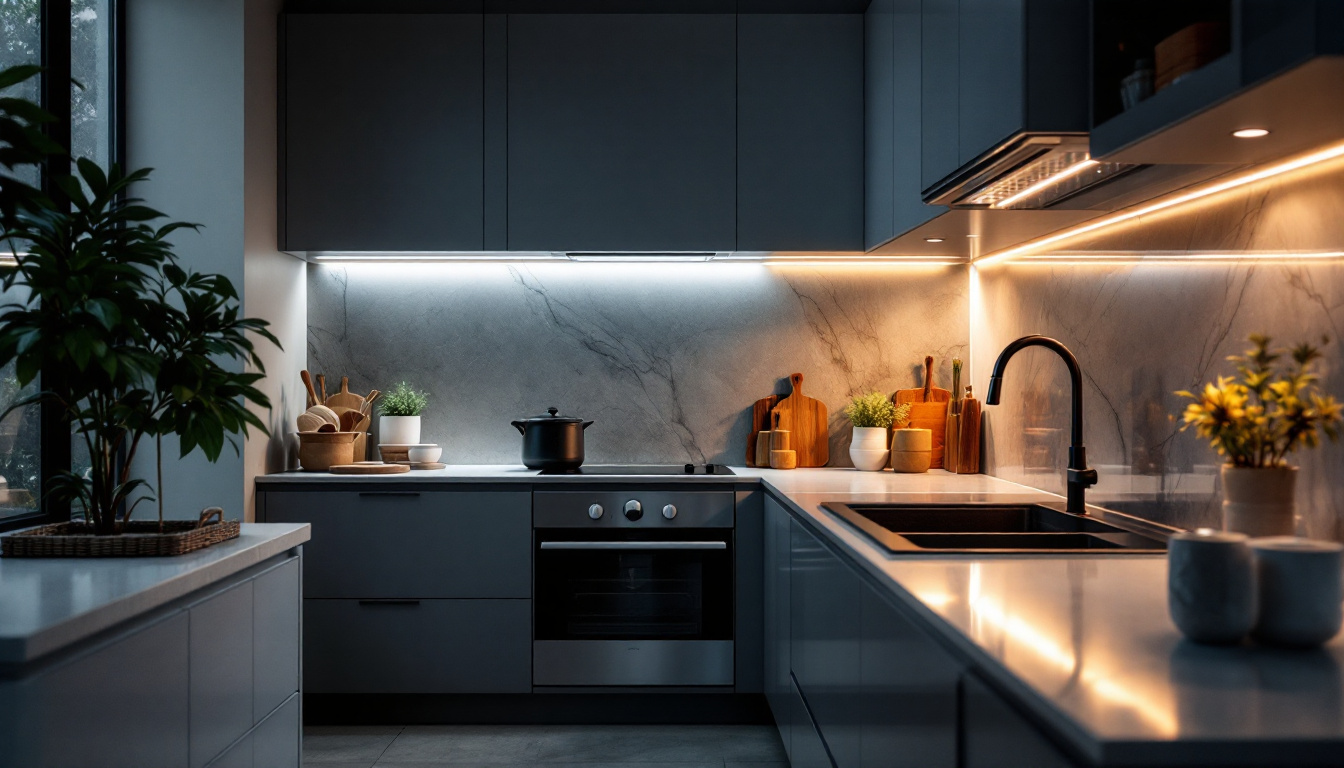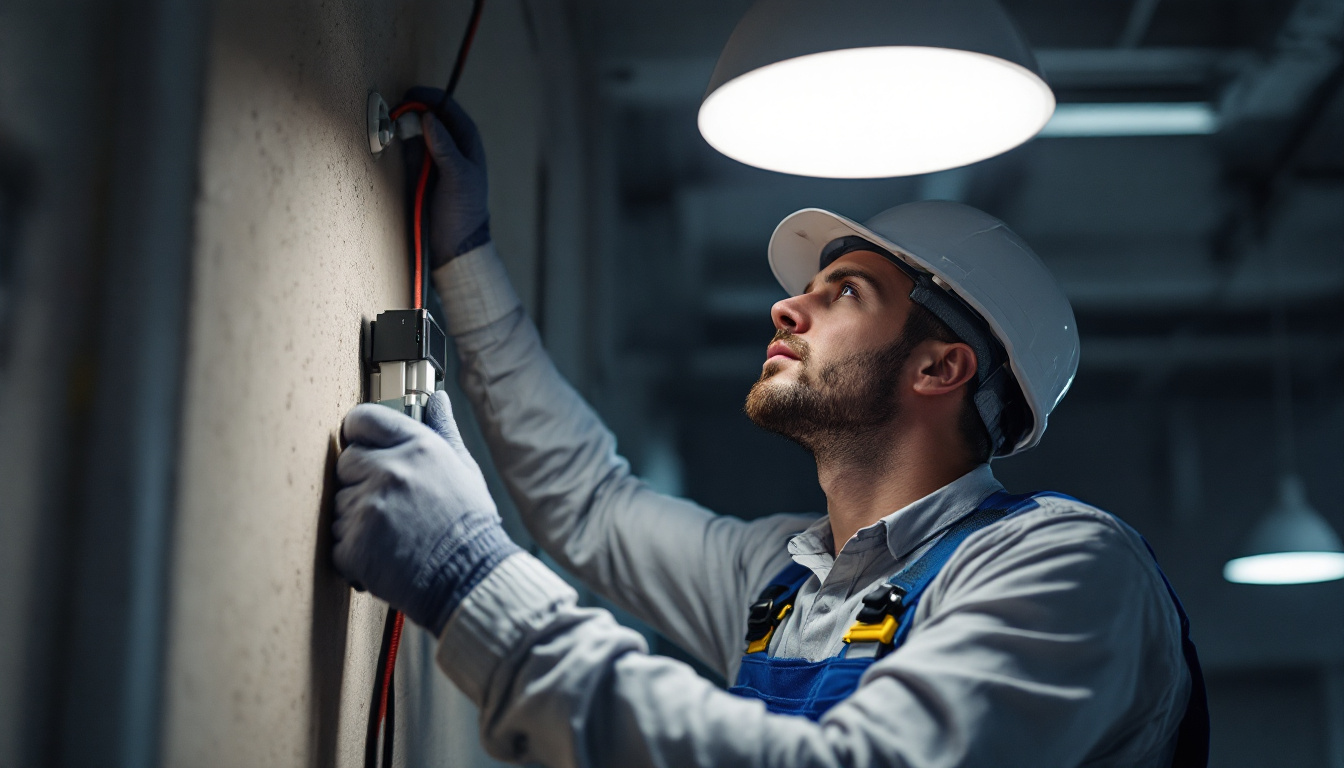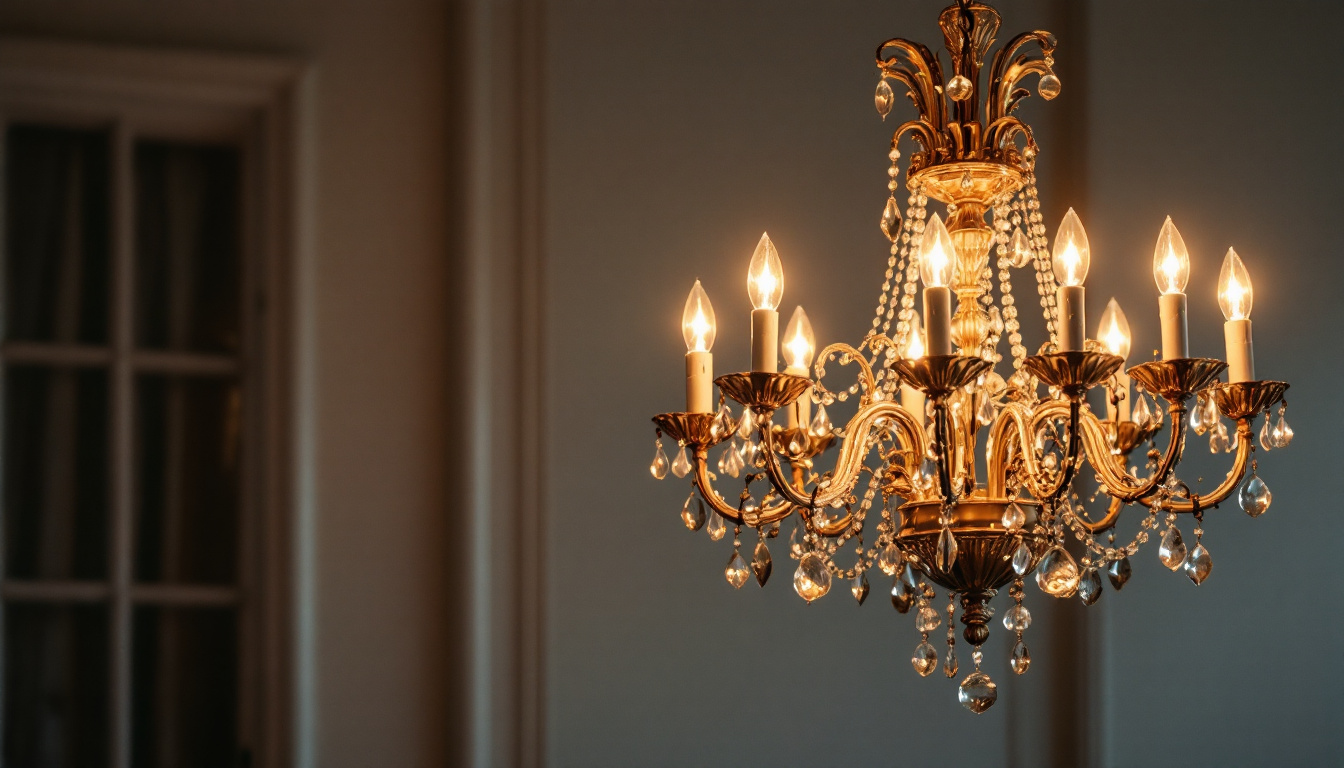
Outdoor lighting is an essential aspect of residential design that enhances both functionality and aesthetics. Lighting contractors often focus on the technical aspects of installation, but there are several nuanced factors that can significantly impact the effectiveness and appeal of outdoor light fixtures. This article delves into the common oversights in outdoor lighting projects, providing valuable insights for contractors looking to elevate their work.
Outdoor lighting serves multiple purposes, including safety, security, and ambiance. While many contractors prioritize functionality—ensuring pathways are illuminated and entryways are secure—they may overlook the importance of aesthetics. The right lighting can transform a mundane exterior into a captivating space that invites interaction and enjoyment. For instance, strategically placed lights can create a warm and welcoming atmosphere, encouraging family gatherings or evening social events. The subtle glow of well-placed fixtures can make outdoor spaces feel like an extension of the home, enhancing the overall living experience.
Balancing functionality with aesthetics requires a thoughtful approach. For instance, using fixtures that complement the architectural style of the house not only enhances visual appeal but also integrates the lighting seamlessly into the overall design. This harmony can elevate the homeowner’s satisfaction and the perceived value of the property. Additionally, considering the color temperature of the lights can further influence the mood of the space; warmer tones can create a cozy feel, while cooler tones may lend a more modern or vibrant atmosphere. By taking these elements into account, contractors can craft outdoor lighting solutions that are not only practical but also visually stunning.
Another common oversight is the failure to layer light effectively. Many contractors may default to a single type of fixture, such as floodlights or wall sconces, which can create a flat and uninviting atmosphere. Instead, incorporating a variety of lighting types—such as ambient, task, and accent lighting—can add depth and dimension to outdoor spaces. This approach not only enhances the visual interest of the area but also improves functionality, allowing homeowners to enjoy their outdoor environments at any time of day.
For example, ambient lighting provides general illumination, while task lighting focuses on specific areas like outdoor kitchens or seating areas. Accent lighting can highlight architectural features or landscaping elements, creating focal points that draw the eye. By layering these different types of lighting, contractors can create a more dynamic and engaging outdoor environment. Moreover, incorporating smart lighting technology can further enhance the experience, allowing homeowners to adjust brightness and color through mobile apps or voice commands. This level of customization not only adds convenience but also encourages experimentation with different lighting schemes, making outdoor spaces more versatile and enjoyable for various occasions.
When selecting outdoor light fixtures, durability should be a primary consideration. Many contractors may choose fixtures based solely on aesthetics, neglecting the importance of weather resistance and longevity. Outdoor fixtures are exposed to various elements, including rain, snow, and UV rays, which can lead to corrosion and fading over time.
Opting for materials such as stainless steel, aluminum, or high-quality plastics can ensure that fixtures withstand the test of time. Additionally, finishes that are resistant to rust and tarnishing can maintain their appearance and functionality for years, reducing the need for replacements and repairs.
In an era where sustainability is increasingly valued, lighting contractors should consider energy-efficient options when selecting outdoor fixtures. LED lighting has become a popular choice due to its long lifespan and lower energy consumption compared to traditional incandescent bulbs. However, some contractors may overlook the importance of integrating smart technology into their lighting designs.
Smart outdoor lighting systems allow homeowners to control their lighting remotely, set schedules, and even adjust brightness levels. This not only enhances convenience but also promotes energy savings. By offering these options, contractors can position themselves as forward-thinking professionals who prioritize both functionality and sustainability.
The placement of outdoor light fixtures is crucial for achieving the desired effect. Many contractors may install fixtures based solely on convenience or existing electrical wiring, which can lead to uneven lighting and shadows. A strategic approach involves considering the layout of the space and the intended use of each area.
For instance, pathway lights should be spaced evenly to provide consistent illumination, while accent lights should be positioned to highlight specific features, such as trees or sculptures. Additionally, contractors should consider the height at which fixtures are mounted. Lights that are too low may create glare, while those mounted too high may not provide adequate illumination.
Electrical considerations are often a significant aspect of outdoor lighting installation, yet they can be easily overlooked. Ensuring that wiring is properly rated for outdoor use and protected from moisture is essential for the longevity of the lighting system. Contractors should also be mindful of local codes and regulations regarding outdoor electrical installations.
Moreover, the use of low-voltage systems can provide an effective solution for outdoor lighting. These systems are safer and easier to install, making them a popular choice for residential applications. By educating clients about the benefits of low-voltage options, contractors can enhance their service offerings and ensure a safer installation.
Safety is a primary concern for homeowners when it comes to outdoor lighting. However, contractors may overlook the specific areas that require adequate illumination. Entryways, staircases, and pathways should be well-lit to prevent accidents and ensure safe navigation after dark.
Incorporating motion-sensor lights can further enhance safety by providing illumination only when needed, thereby conserving energy. These fixtures can deter potential intruders while also ensuring that homeowners feel secure in their outdoor spaces. By discussing safety features with clients, contractors can demonstrate their commitment to creating safe environments.
Beyond basic safety, outdoor lighting plays a vital role in home security. Many contractors may not fully leverage the potential of security lighting systems. Strategically placed lights can act as a deterrent to intruders, illuminating dark corners and blind spots around the property.
Installing fixtures with smart technology that can be controlled remotely adds an extra layer of security. Homeowners can simulate occupancy by scheduling lights to turn on and off at specific times, making it appear as though someone is home even when they are away. This proactive approach to security can be a significant selling point for contractors.
Outdoor lighting should not only focus on the house itself but also on the surrounding landscaping. Many contractors may neglect to consider how lighting can enhance trees, shrubs, and garden features. By using techniques such as uplighting or downlighting, contractors can create a stunning visual effect that showcases the beauty of the landscape.
For instance, uplighting can create dramatic shadows and highlights on tree trunks, while downlighting can mimic moonlight, casting a soft glow on garden beds. This not only enhances the visual appeal of the property but also creates a welcoming atmosphere for outdoor gatherings.
Architectural features of the home, such as columns, arches, and facades, can be accentuated through thoughtful lighting design. Many contractors may overlook the impact of architectural lighting, which can significantly enhance the character of a home after dark.
Using techniques such as wall washing or grazing can create texture and depth, drawing attention to the unique elements of the architecture. This not only enhances the home’s curb appeal but also adds value by creating a more inviting and sophisticated exterior.
One of the most critical aspects of a successful outdoor lighting project is client education. Many contractors may assume that homeowners understand the various options available, leading to missed opportunities for upselling and client satisfaction. Taking the time to explain the benefits of different fixtures, technologies, and design approaches can foster a more collaborative relationship.
By providing clients with a comprehensive overview of their options, contractors can empower them to make informed decisions. This not only enhances the overall experience but also builds trust and credibility, leading to potential referrals and repeat business.
After the installation is complete, many contractors may overlook the importance of providing ongoing support. Offering maintenance services or check-ins can help ensure that the lighting system continues to function optimally and meets the homeowner’s needs over time.
Additionally, educating clients on how to adjust settings or troubleshoot minor issues can enhance their satisfaction and confidence in the system. This level of support can set a contractor apart from competitors and foster long-term relationships with clients.
Outdoor lighting is a multifaceted aspect of residential design that requires careful consideration and expertise. By understanding the common oversights in outdoor lighting projects, contractors can enhance their services and create more satisfying experiences for homeowners. From selecting the right fixtures to strategic placement and client education, each element plays a crucial role in the success of outdoor lighting installations.
By prioritizing aesthetics, functionality, safety, and sustainability, lighting contractors can elevate their projects and stand out in a competitive market. Embracing these considerations will not only improve the quality of their work but also ensure that homeowners enjoy beautifully illuminated outdoor spaces for years to come.
Ready to take your outdoor lighting projects to the next level? At LumenWholesale, we provide lighting contractors with the superior, spec-grade lighting products you need to avoid common oversights and exceed client expectations. Our extensive selection not only meets the highest industry standards for functionality and durability but also comes at unbeatable wholesale prices. Say goodbye to middleman markups and hello to hassle-free bulk buying with free shipping. Elevate your outdoor lighting designs today and give your clients the beautifully illuminated spaces they deserve. Discover the perfect blend of quality, affordability, and convenience at LumenWholesale – Wholesale Lighting at the Best Value.

Discover the top benefits of Light Reflectance Value for lighting contractors, including improved efficiency and cost savings.

Discover why top-rated under cabinet lighting is essential for lighting contractors.

Discover how the Maxim Countermax 89801Al can revolutionize your lighting installation projects.

Discover the essential insights lighting contractors need to know about chandelier lights.